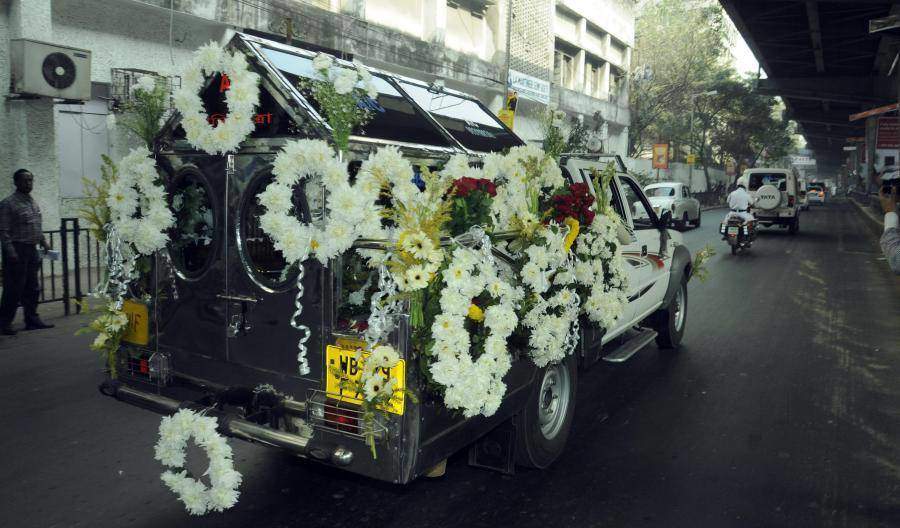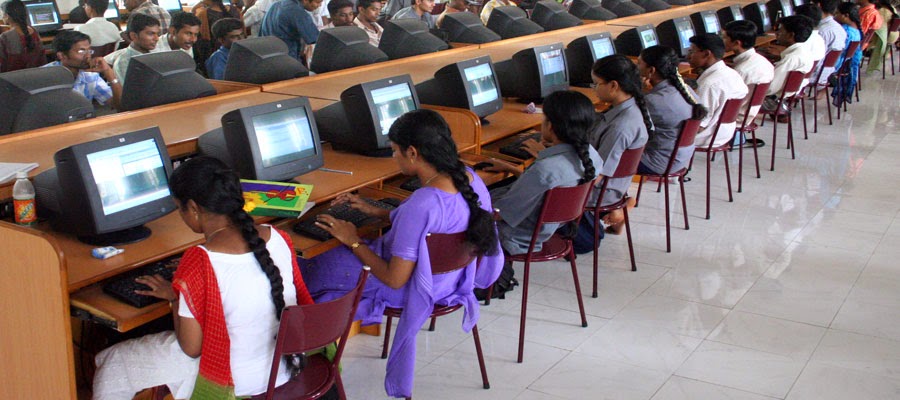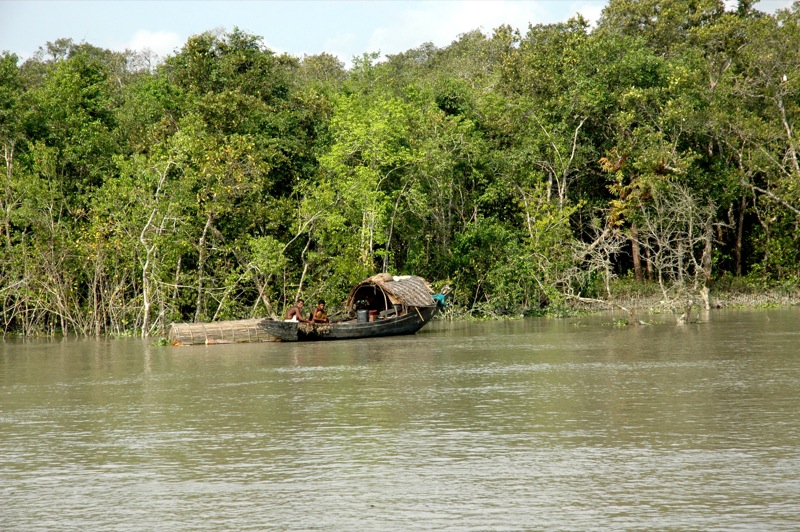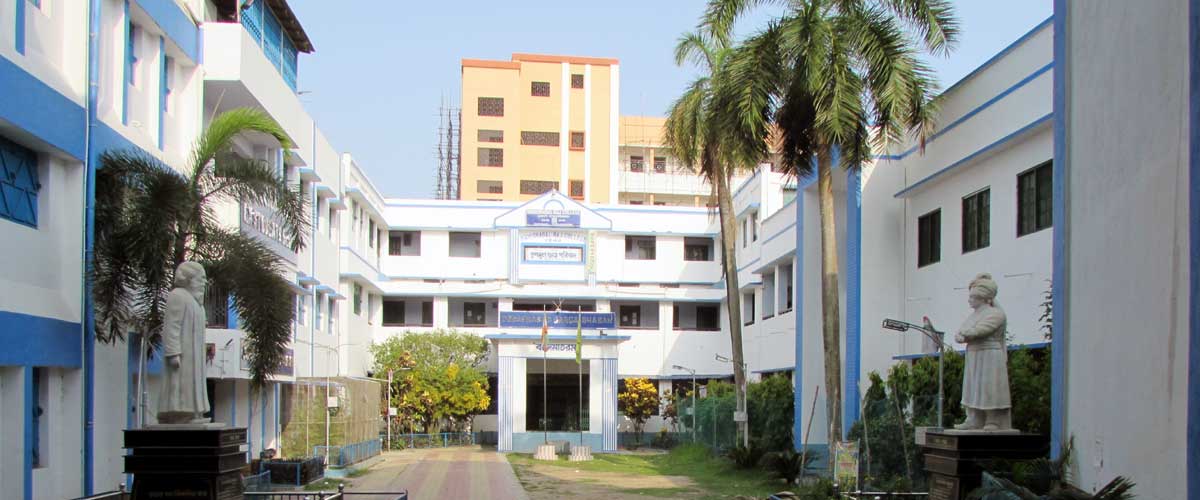Café Ekante, the popular restaurant at Eco Park in New Town, will organise a host of programmes to celebrate World Cup football in a befitting manner. The programmes will be inaugurated today, when the World Cup begins in Russia.
The restaurant, named by Chief Minister Mamata Banerjee, has been decorated with flags of the participating countries, lights and jerseys to create an apt ambience. There will be a mini goalpost and the guests who can score two goals will get discount on food.
The guests will have mouth-watering dishes that are specialties of the countries that are participating on that day. For example, on the day when England will face its opponent, there will be fish and chips. Similarly, there will be special dishes from Brazil, Argentina, France and Germany.
The guests will be given coupons where they can write the name of the team that they think will lift the World Cup. If their prediction comes true, they will get a 20 per cent discount on their bill, within one month from the day of the final.
A giant screen will be put up at Café Ekante during the semi-finals and final. Another giant screen will be put up at New Town Business Club during those days, to help the members enjoy football. The Business Club too, like the restaurant, will be decorated with jerseys, lights and photos of the heroes of the World Cup.
Café Ekante has become a very popular restaurant in a very short time for its quality and variety of food, and ambience. And Kolkata has always been the ‘Football Capital of India’. The passion for the game in the city is well-known, both in India and in many places outside. These two aspects combined is expected to make the festivities at Café Ekante a big hit.
Source: Millennium Post










